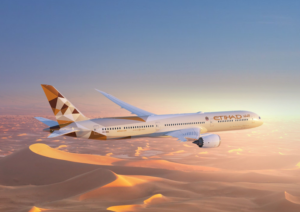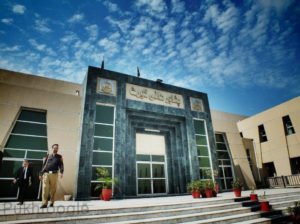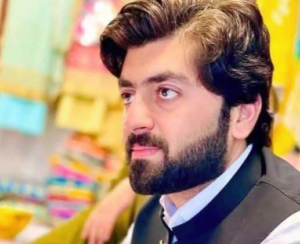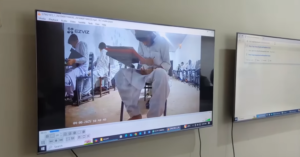Pashto Songs and Pashto Music are the product of the cultural, traditional, and social influences of the Pashtun people. The native land of the Pashtun is surrounded by uncompromisingly inhospitable terrain. The region of Khyber Pakhtunkhwa in Pakistan and Southern Afghanistan is both scenically beautiful and tough.
Rich in content, Pashto Songs and Pashto Music is reflective of the Pashtun people history and ideals.
The two distinct and most common genres are the Classical and Traditional. They both retain basic Pashto style but level of sophistication varies. Traditional folk Pashto songs can be performed using only a single instrument. Classical Pashto Songs and Pashto Music are delivered with multiple instruments resembling that of a small orchestra.
Classical:
The classical music in the Khyber Pakhtunkhwa has its origin in the historical movements that affected every part of the subcontinent. Being a volatile region which suffered the brunt of every invasion, no alien music could take roots here. Hence there is not the slightest trace of classical music before the end of the eighteenth century. It was at the beginning of the nineteenth century that some of the classical vocalists, who were uprooted from their homes, settled here and founded the classical music in the Khyber Pakhtunkhwa.
Among them, Baba Sindhi was the first vocalist to come here from Kapoorthala. He was a grandmaster and it was his school from where classical music flourished and reached out to the other parts of the NWFP.

His son Ustad Abdul Karim Sindhi, grandsons and a large number of students, carried classical music to all corners of the province and beyond – even to the court of the Kabul rulers. The pioneers included the Ustad’s son Fazal Illahi and the eminent percussionist Faqir Qadir Bakhsh Peshawari, who migrated from Lahore. Ustad Abdullah Jan was another great vocalist who participated in music festivals all over India. Others who became very popular were Ustad Mohammad Khan known as Ustad Mehmanda, Bhailal Chhela, who came from Patiala, and Professor Miran Bakhsh
The beginning of theatre gave a boost to music. Though many of the classicists were not attracted to theatre, Mian Karim Sindhi composed and conducted music for the plays staged by New Albert Theatrical Company and Moon Theatrical Company of Peshawar. He also acted in some plays. His son Fazal also composed and sang for All India Radio.
Among others, Ustad Ghulam Hussain was a great name. His popularity extended to Afghanistan to the extent that he became known as Ustad Ghulam Hussain Kabuli. He also opened a school of music in Kabul and composed music for Radio Kabul. Akbar Jan Peshawari was a superb performer who also participated in many films.
Many vocalists and instrumentalists have made a name for themselves in the Khyber Pakhtunkhwa and beyond. Even today there are many who are keeping the classical tradition alive in Pashto Music Khyber Pakhtunkhwa despite the current trend towards fusion. They include Mahjabeen Qizalbash, Zarsanga, Javed Akhtar, Rahim Shah, Gulzar Alam, Haroon Pasha, Siyal Ahmad, Khyal Ahmad, Naghma and Waghma.
Folk music:
Like all traditional societies, the Pashtoons too have a great and rich treasure of folk music. The songs are characteristically dance songs. Others are performed in solo as well as in chorus.
Among them, the tappa is the oldest and the most popular genre of Pashto poetry and music. Countless tappas have been added byunknown poets and are sung with unsurpassed popularity. Lyrically, the tappa is a composition of two unequal metres, in which the first line is shorter than the succeeding one, yet it reflects all human feelings and aspirations elegantly. Be it labourers, peasants or women, everyone’s sentiments find _expression in the tappa.
Charbeeta:
This is another old genre of poetry that is also sung and is a source of pride for the Pashtoons. Basically, it is a poem of four lines but might also have six or eight lines. All aspects of life are discussed in the charbeeta, but since the basic theme of this genre is love, most romantic tales are rendered in this genre. This is a song of choral singing in which one singer reads the first line while others follow with the remaining.
Neemkai & Lobha:
Both of these songs are also sung by individuals and groups. Unlike the charbeeta, both of them are shorter in length and love is usually their theme. In the lobha, the feelings are expressed through questions and answers between the lover and the beloved.
Shaan & Saakhmani:
Both are songs of happiness. While shaan is sung on the occasion of marriage and childbirth, saakhmani is also sung in private congregations and social gatherings.
Badla:
This is an old form of ballad. Lyrically, it is composed on the pattern of and epic and is, therefore, a long poem. The tribal traditions are the theme of the badla.
Ghazal & Rubaee:
These two genres have come from Arabic and Persian poetry and are composed and sung in the similar manner as in the two languages.
Dance:
Shadola, Bulbula, Bhangra, Khattak and Uttan are popular dances which had their origin in the folk songs. Khattak is the most popular and requires a lot of practice to perfect the skill.
Sarinda and Rabab are the two most popular stringed instruments which are played solo as well as in accompaniment with the vocalists. Shehnai and drum are also part of the Pashto Music composition.
via PashtoSongs






